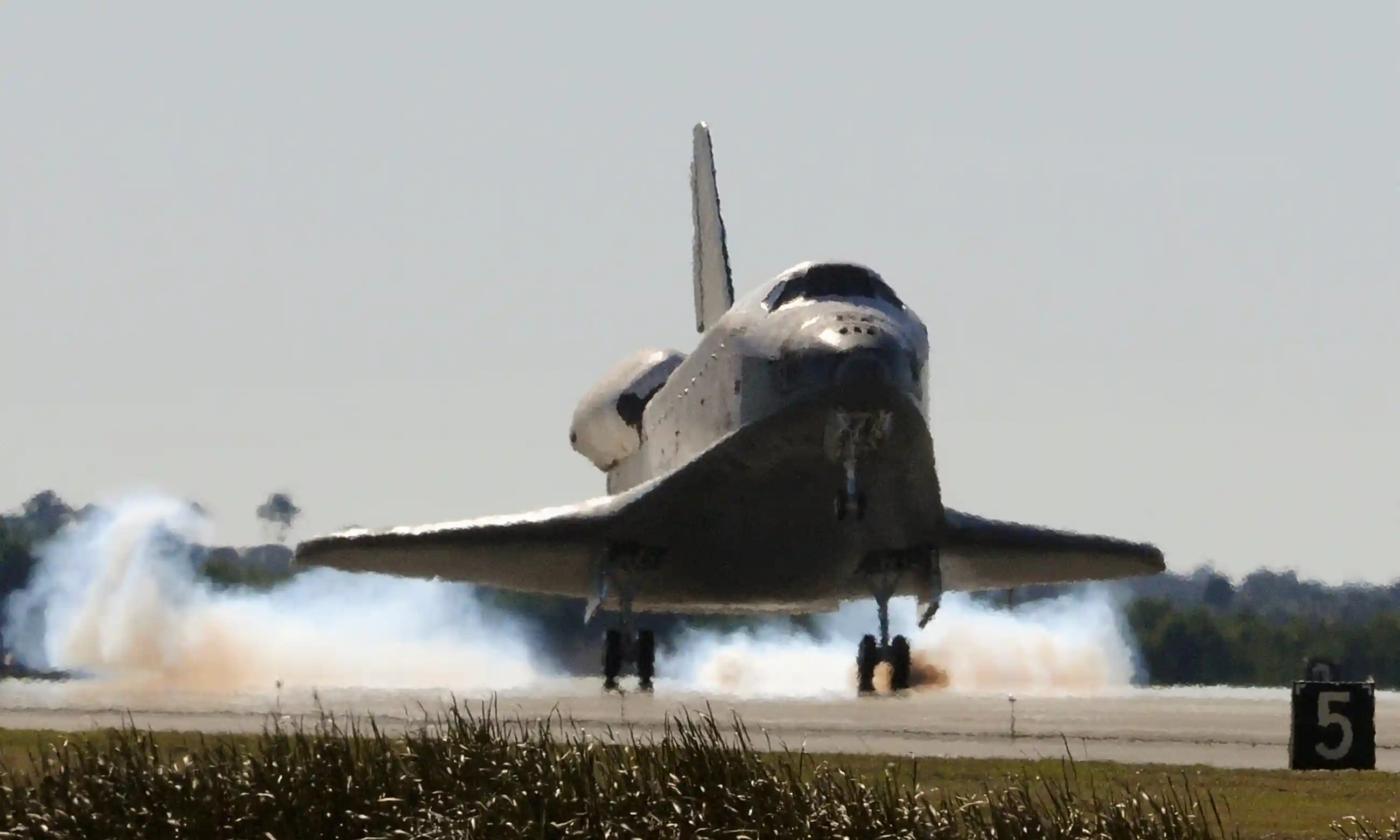The wind hits your face with rain. When you’re on a motorway, it strikes the windscreen of your automobile with considerably more power. Raindrops can erode solid materials at high speeds, which is a major worry for the aerospace sector. Rain mostly affected propeller aircraft’s visibility, but as jet aircraft became more advanced, raindrops could erode paint finishes and harm plastic, ceramic, and even metal parts. With rockets, the issue was considerably more severe because every droplet is a liquid bullet to a spacecraft reentering the atmosphere at a high speed.

Image source – https://www.theguardian.com/news/2024/feb/08/weatherwatch-how-rain-erodes-solid-materials-collisions-high-speed
Before launching new rockets or airplanes, engineers had to investigate the impact of raindrop erosion on the ground. The Royal Aircraft Establishment employed their whirling arm rig, which tested pilots’ ability to withstand G-forces, for rain erosion research in the 1950s. Researchers fired test objects into water droplets hung in webs at higher velocities using compressed gas cannons. They created water guns that could shoot droplets at supersonic speeds, imitating Mach 5 flight through rain.
The most sophisticated equipment was a rocket sled track near Sandia, New Mexico, which was used to simulate rain storms while carrying radar domes, nosecones, and other parts. Thanks to these testing, engineers now know exactly how rain erosion is affected by exposure time, droplet size, and speed.
Reference- Guardian News and Media. (2024, February 8). Weatherwatch: How rain erodes high-speed aircraft. The Guardian. https://www.theguardian.com/news/2024/feb/08/weatherwatch-how-rain-erodes-solid-materials-collisions-high-speed
Categories: Tech&Innovation